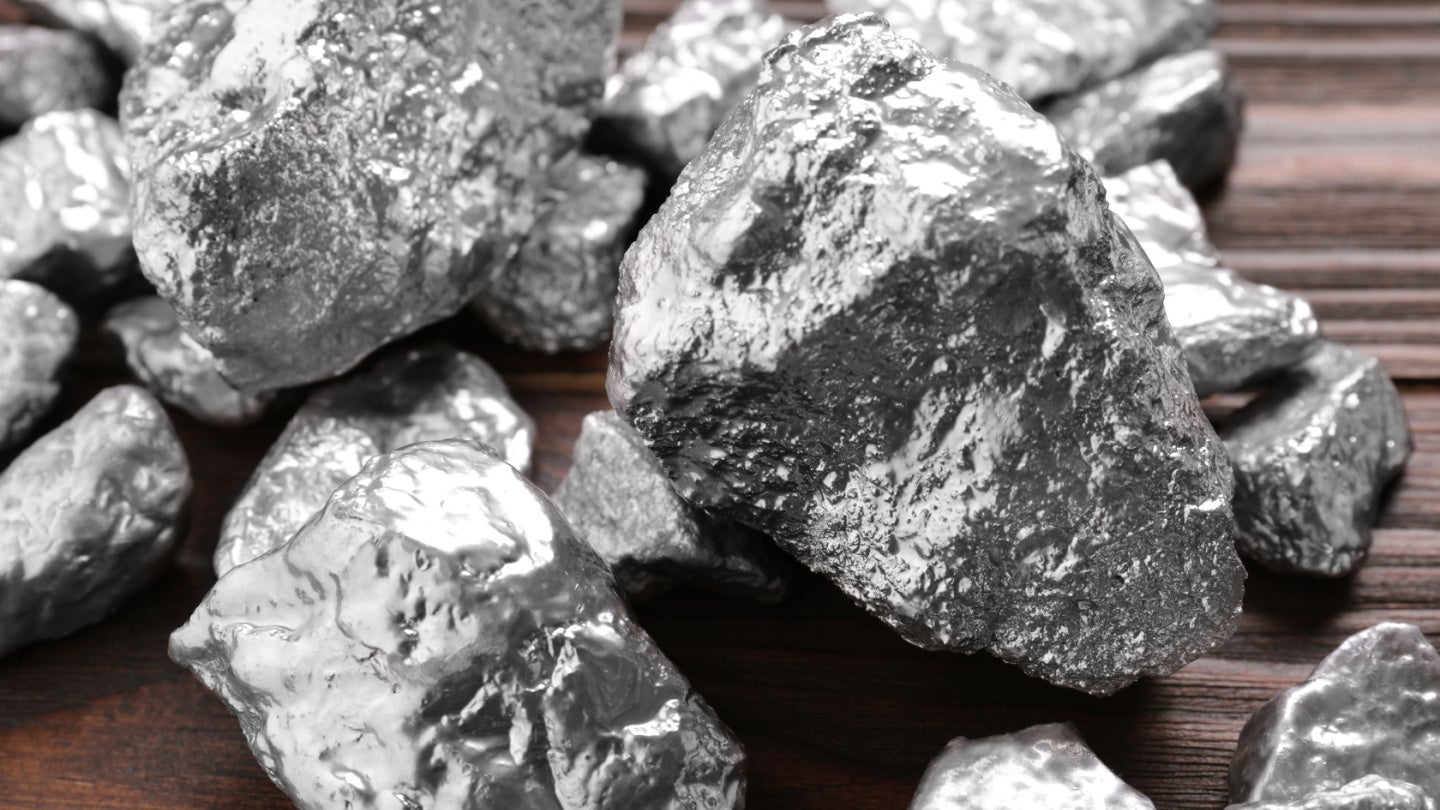A 45-day research expedition to the Clarion Clipperton Zone between Mexico and Hawaii in the eastern Pacific Ocean discovered the existence of transparent sea cucumbers, bowl-shaped sponges and pink sea pigs, among other species.
The area studied is a part of the Abyssal Plains, which are deep-sea areas at depths of 3,500 to 5,500 meters. Although they make up more than half of the earth’s surface, little is known about their animal life.
“It’s estimated that only one out of 10 animal species living down there has been described by science,” Thomas Dahlgren, a marine ecologist from the University of Gothenburg who was part of the expedition, said in a media statement.
According to Dahlgren, the animals in these deep-sea areas have adapted to a life with very little nutrition. Most feed on organic debris, known as marine snow, falling from the more productive area close to the surface. As a result, this animal population is dominated by filter feeders, such as sponges, and sediment feeders, such as sea cucumbers.
“The lack of food causes individuals to live far apart, but the species richness in the area is surprisingly high. We see many exciting specialized adaptations among the animals in these areas,” the scientist said.
Using a remotely operated vehicle, the research team photographed the deep-sea life and took samples for future studies. One of the species captured on camera was a cup-shaped glass sponge, an animal believed to have the longest lifespan of any creature on the planet. They can live up to 15,000 years.
Another species discovered on the expedition was a pink sea pig, a sea cucumber from the genus Amperima. The species moves very slowly with its tube feet across the desolate plains in search of nutrient-rich sediments. The outgrowths on the front end of the underside are remodelled feet used to stuff food into the mouth.
“These sea cucumbers were some of the largest animals found on this expedition. They act as ocean floor vacuum cleaners, and specialize in finding sediment that has passed through the least number of stomachs,” Dahlgren said.
Deep-sea mining
The expedition aimed to map the area’s biodiversity of the area where deep-sea mining of rare metals used in solar panels, electric car batteries and other green technologies is planned. Several countries and companies are waiting for authorization to extract these metals bound to mineral nodules lying on the ocean floor.
The scientists want to find out more about how mining could affect the ecosystem, register existing species and understand how the ecosystem is organized.
“We need to know more about this environment to be able to protect the species living here. Today, 30% of these marine areas in consideration are protected, and we need to know whether this is enough to ensure that these species aren’t at risk of extinction,” Dahlgren said.




